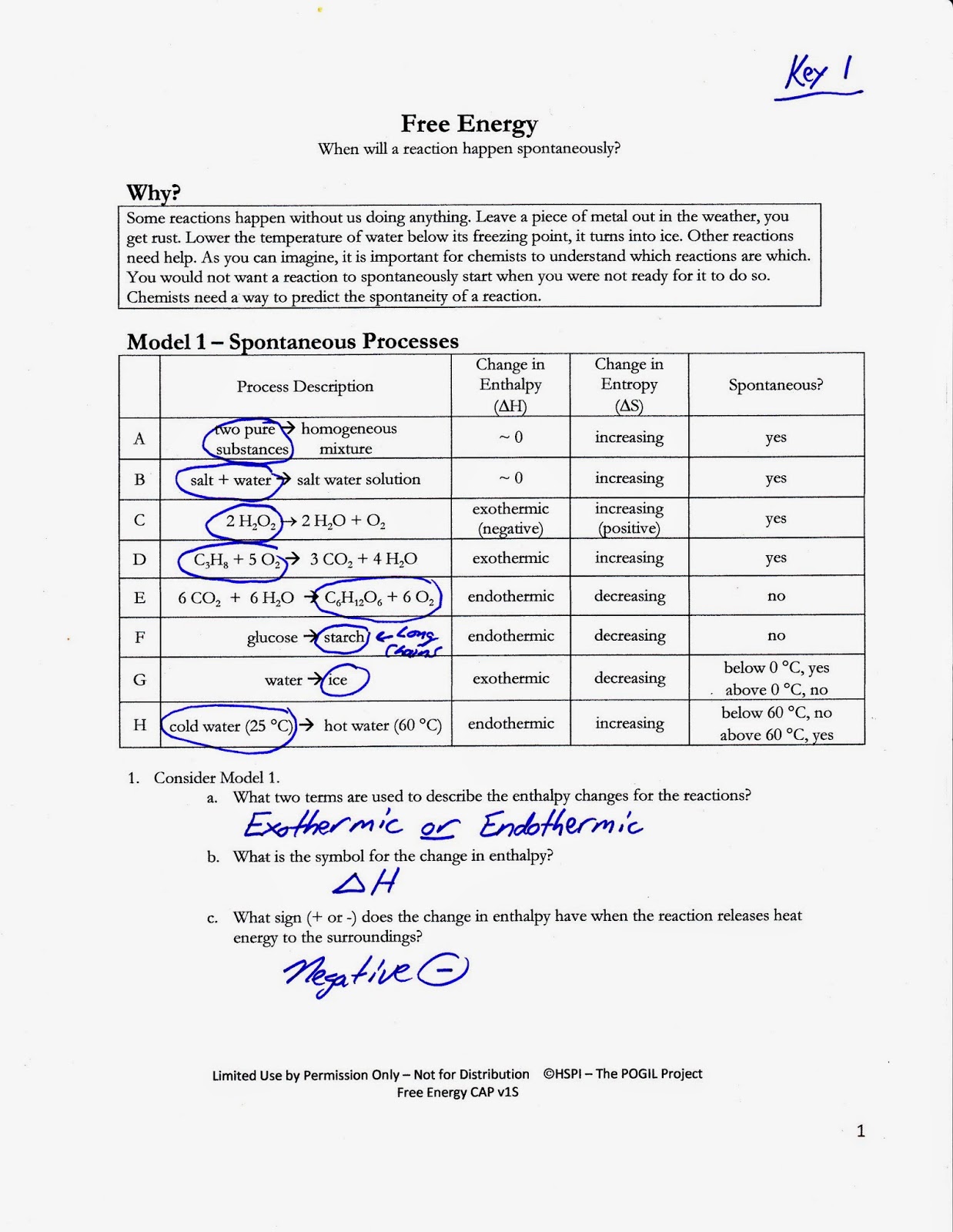Flinn Scientific Pogil Activity Naming Ionic Compounds Answers

This activity has been peer-reviewed as a part of the Sharing Our Work Virtual Learning Community.
This activity was submitted by an educator in the Minnesota State Colleges and Universities (MnSCU) System to the Sharing Our Work Virtual Learning Community. Sharing Our Work was the culminating piece of a collaboration between MnSCU and Project Kaleidoscope (PKAL). Information on the the criteria and process of the peer review can be found at http://serc.carleton.edu/sp/pkal/mnscu/activitydesign/index.html.
HIT SUBSCRIBE FOR MORE CLASSIC VIDEOS Pink Floyd - Another Brick In The Wall Lifted from 'Pink Floyd The Wall' film, this video is actually comprised of two songs: 'The Happiest Days Of Our Lives. Another brick in the wall song.
This page first made public: Feb 24, 2010
The result is the Sweet 16 Chemistry Ion Tournament. This activity will spark interest in your chem- istry class because students will have fun playing the “Tournament.” The rules for filling out the Tournament brackets are simple: For the first round, just add the charge for each ion. When asked to classify sodium acetate (NaCH COO) as either an ionic or covalent compound, a student responded with, 'Sodium acetate is both ionic and covalent.' Explain why the student gave this answer. The acetate polyatomic ion is held together by covalent bonds, but that ion is combined with the sodium ion by ionic bonds.
Summary
This is a POGIL activity geared for general chemistry students. The activity guides students through the process of determining how ionic and binary compounds are named as well as inorganic acids. Students compare various compounds and determine what rules are most appropriate for naming each compound. In addition, the activity helps familiarize students with polyatomic ions and how oxyanions are named.
(This activity could be used online - see Teaching Notes)

Learning Goals
The goals of this activity are:- to have students be able to differentiate between compounds and determine what naming scheme is most appropriate to use.
- to work together with a small group as they analyze binary compound naming.
Context for Use
I use this activity for one or two 50 minute lecture periods after a brief introduction of naming ions and polyatomic ions. I usually place students in groups of 4-5 and assign roles with the POGIL format. I float between the groups answering questions. This could work for a class from 4 to 200. There is no special equipment needed and I find this activity greatly enhances student's ability to name compounds and determine compounds from a name.
Description and Teaching Materials
Students will also need access to a periodic table (with element names) and a polyatomic ion table (my students use the ones available in their text book).
Teaching Notes and Tips
This works best if students know how to name and distinguish ions alone first as well as have a list of polyatomic ions with their names. There are two points of confusion with this activity:- Naming the oxyanions, students don't always see the relationship between the table that helps determine the -ate ions and the one that determines the -ite, per--ate, and hypo--ite ions. Most students put all of the oxyanions with a single negative charge instead of the appropriate charge based on the -ate ion.
- Students find it difficult to fill in the table for the acids. There is not a clear relationship for what column should be filled in first and so it takes them a little while to get going with this portion of the activity.
- This could easily be used for an online class as well. It is easier to complete in a group, however, so you may want to organize your students so they can work together.